Traveling in Southern Spain? Don’t just visit the crowded tourist spots, such as Grenada and Seville, to take in famous Moorish history. Do spare a few days for Mérida where even older relics abound – Roman history and fine Roman monuments.
Mini-Rome in Spain
Mérida, home to dozens of Roman ruins, sits proudly on the Iberian Peninsula just 174 miles (280 km) southwest of Madrid in the Badajoz province of the Extremadura region in western Spain. Aptly named the “mini Rome in Spain”, its Roman name was Emerita Augusta when it was established in 25 B.C. to be the administrative center for a large part of Spain. The city is now a World Heritage Site.
Mérida was an important Roman town where big shots lived. Naturally there had to be nice houses, entertainment, art and culture, temples et al. After the Roman empire disintegrated, the Extremadura region came under Christian, Moorish and Portuguese control, but Romans had built solidly, and many bits and pieces have survived the ravages of nearly two millennia.
(click on the images below for expanded views)
The city of Mérida
As we drove into the city from Toledo, we were welcomed by the huge “el toro” bull overlooking the highway.
Many of Mérida’s streets are lined by orange trees laden with fruit – a lovely feature that is seen in much of Southern Spain. The Plaza Constitución is a cheerful sunny square with orange trees and flags at the Ayuntamiento – the Town Hall. A pretty sight!
A major plus point is that most of Roman monuments are located close to one another. This provides the convenience of short walking distances, so that in 3 to 4 days you can easily explore Mérida’s attractions on foot. Here are some of the locations and sights worth visiting.
Mérida Amphitheatre & Roman Theatre
The Amphitheatre is one of the oldest archaeological sites in Spain. It is oval shaped and designed to seat around 15,000 spectators. What they watched would rightly be considered gruesome today – gladiators, blood spill, and excitement – like at the Colosseum in Rome, but in those days this was entertainment! The 2000-year old Roman Theatre, located right next to the amphitheatre, is in a much better state than its neighbor thanks to several renovation projects. This incredible structure hosted outdoor plays. Now a historical site, it is the home to the Festival of Classical Theatre of Mérida, where the ancient Roman theatre practices are kept alive.
Over the centuries the theatre slowly became submerged in the earth until only the top rows of benches remained – referred to as “The Seven Chairs”. Local folklore says this is where seven Moorish kings sat to decide the fate of the city. Excavations began in 1910, when the equipment and methodology first allowed for it, revealing beautiful structures, statues and architecture the likes of which hadn’t been seen in hundreds of years. It has a beautiful half-moon amphitheatre seating range and massive 17m high stage complete with Roman columns and arches. Not to be missed!!
We were also impressed by the immaculately designed gardens with a huge well and a side portico behind the theatre.
The Temple of Diana
It is the only religious building from Emerita Augusta still standing in its original location. Six Corinthian-style granite columns elegantly support what remains of the hexastyle portico.
We found it quite impressive and took some good photographs.
Acueducto de los Milagros
The Aqueduct of the Miracles is an extraordinary example of Roman masterwork and a marvel of ancient hydraulic engineering. This 6-mile (10 km) structure was built to supply Emerita Augusta with water collected from the Proserpina cistern located just 3 miles (5 km) from the city. The water flowed along the aqueduct and collected in a large square tank called castellum aquae. The complex scheme of arches cleverly used the natural ground elevations to move water without any pumps. Nowadays the arches are home to dozens of nesting storks.
For incredible pictures of the site, visit an hour before dusk, and save time for a pleasant walk in the large surrounding green area.
Puente Romano
This Roman Bridge of Mérida dates back to 25 B.C. and spans across the Guadiana River. Fortunately, it has remained in superb condition thanks to the Romans’ consistent efforts in maintaining it. At 2,600 feet (800 m), it is the longest surviving Roman bridge in the world. The heavy rectangular stones and thick pillars were designed to withstand winter flooding and strong currents. The bridge features 60 (originally it had 62) towering granite arches and has been used as a footbridge since 1993. The Roman bridge is a 2-minute walk from Plaza de España. The gorgeous river and surrounds present great photo opportunities.
The Alcazaba
As the name suggests, it is an Arab castle (one of the few Moorish structures in Mérida) dating from 835 A.D and completely in ruins, located at the north end of the Roman bridge. We got some nice expansive views of the bridge beyond and the gardens below from the top of the defence wall!
La Casa del Mitreo
Among all the museums, buildings and historic sites in Merida, do not miss La Casa del Mitreo. It is centered around a 2nd century well-preserved Roman house whose rooms are beautifully decorated with mosaic and mural paintings.
We wanted a glimpse of how the top brass of the Roman administration used to live, and this was the place.
Presa de Proserpina
It is definitely worth visiting the Proserpina Dam, but it is a 9.5 km drive from the city. We found it quite by accident while driving on the city outskirts and it was a beautiful drive with literally no cars on the road.
It is a Roman gravity dam dating back to 1st or 2nd century AD and built as part of the infrastructure which supplied the city of Emerita Augusta with water. After the fall of the Roman Empire the Milagros aqueduct leading to the city fell into decay, but the earth dam with retaining wall is still in use!
We walked around the well-kept property of expansive greens and found this perfect local club restaurant facing the beautiful dam to have some good Spanish wine and authentic Spanish Tapas!
Mérida is the perfect destination for anyone with an interest in Roman history, art history or even ancient civil engineering.

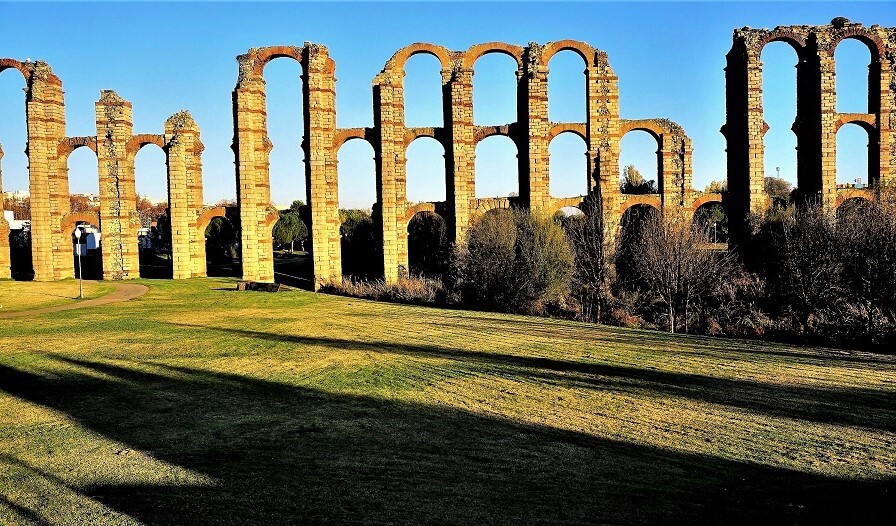
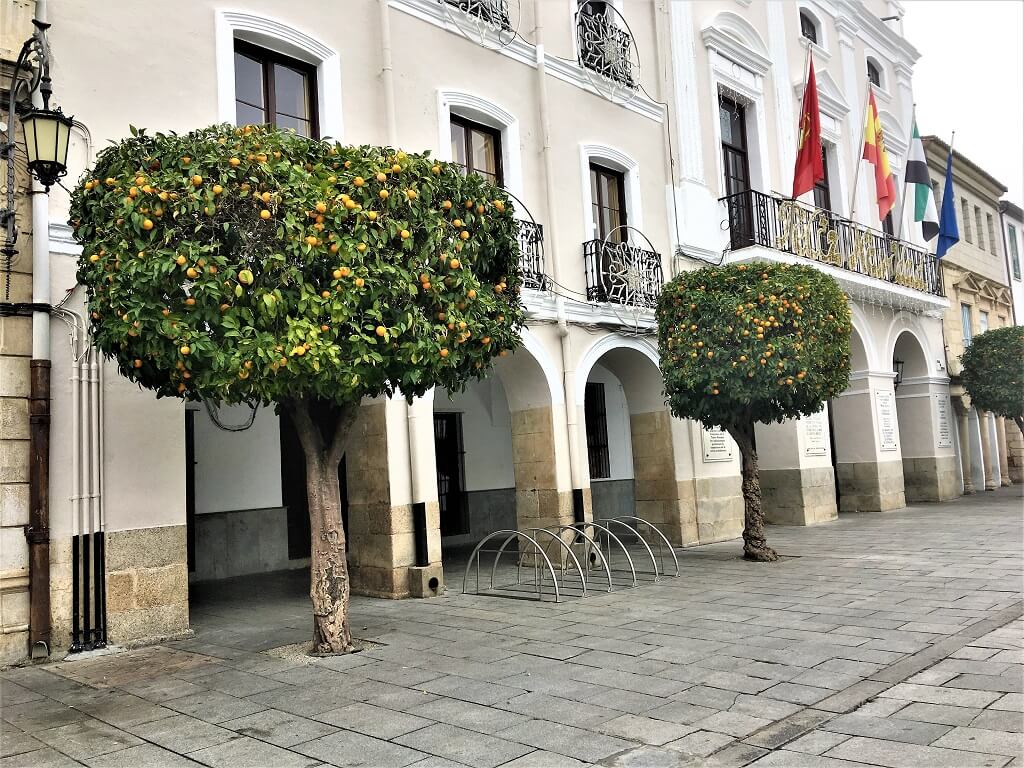
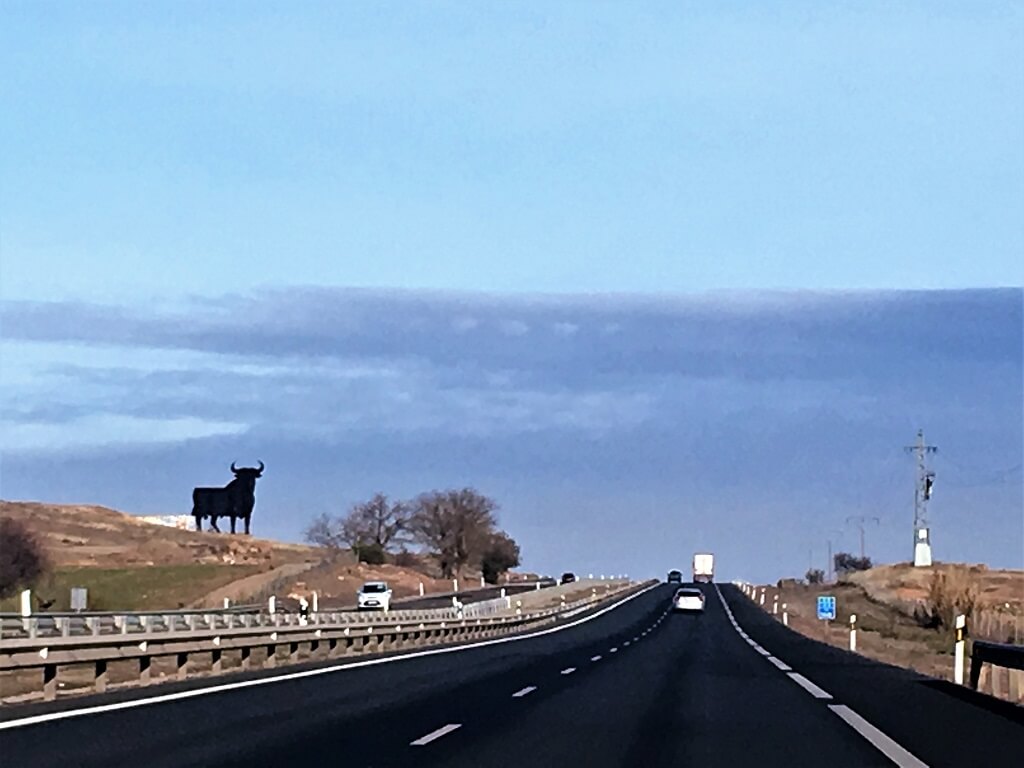
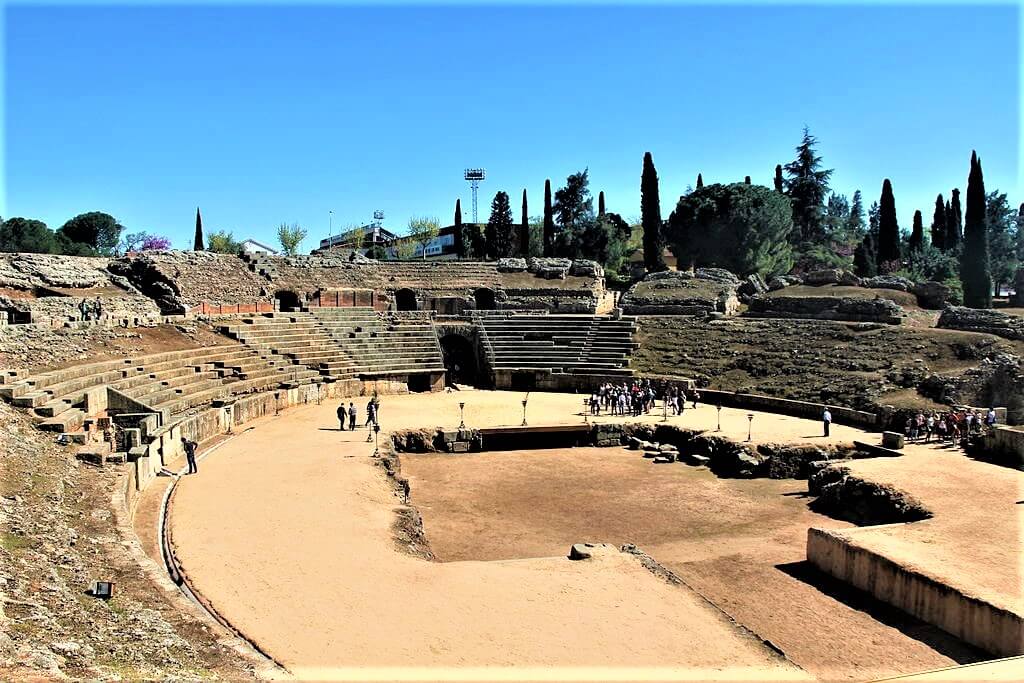
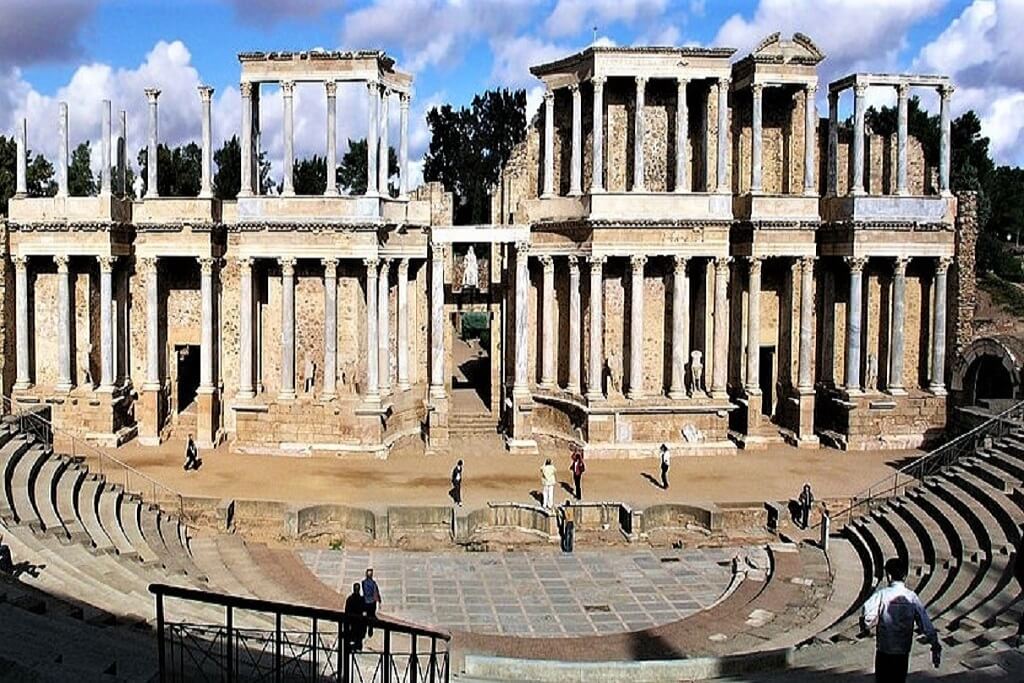
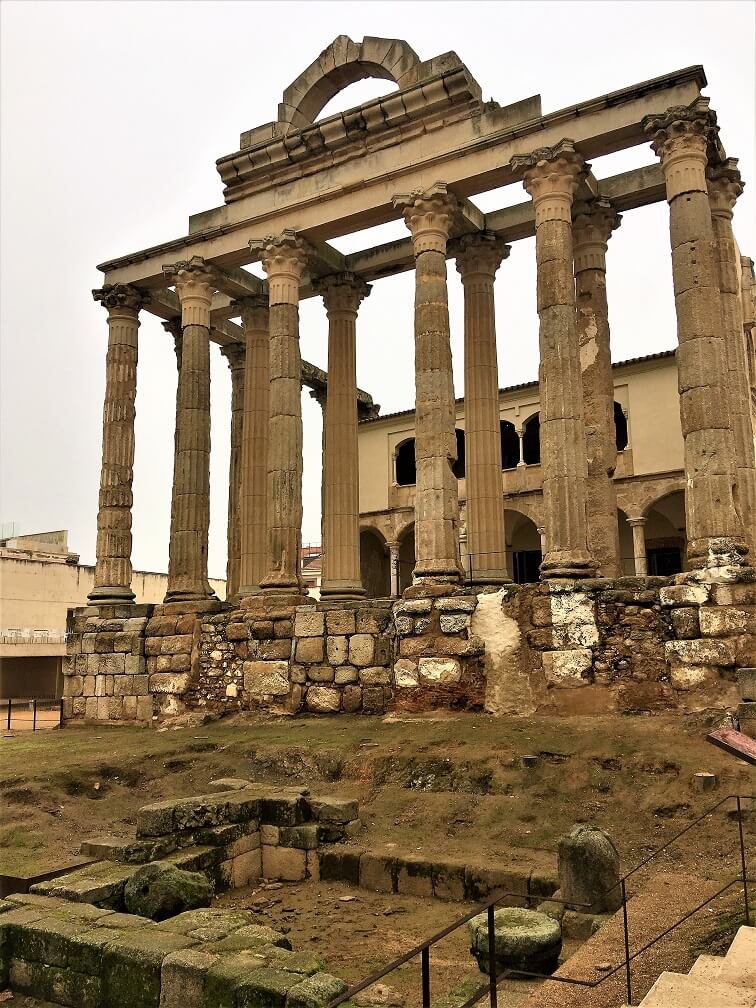
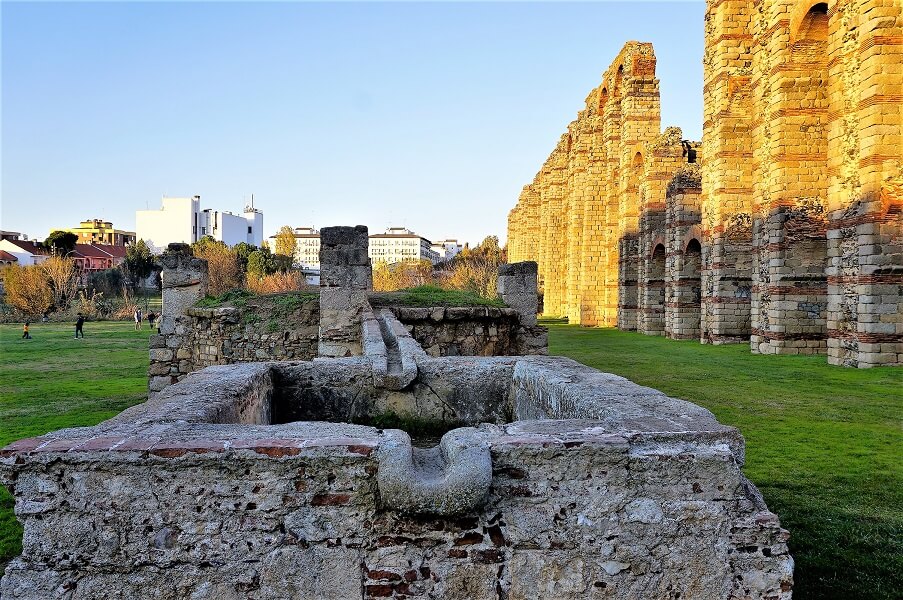
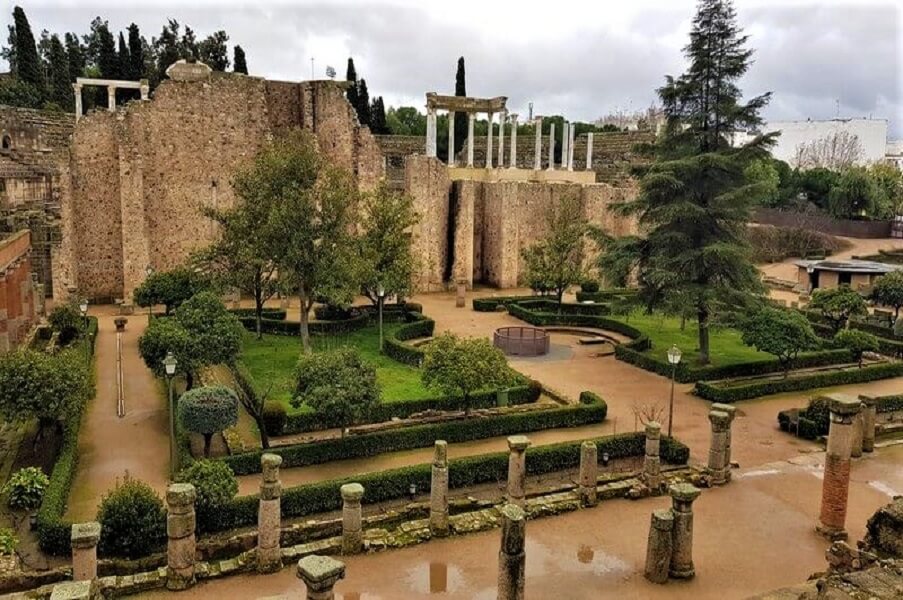
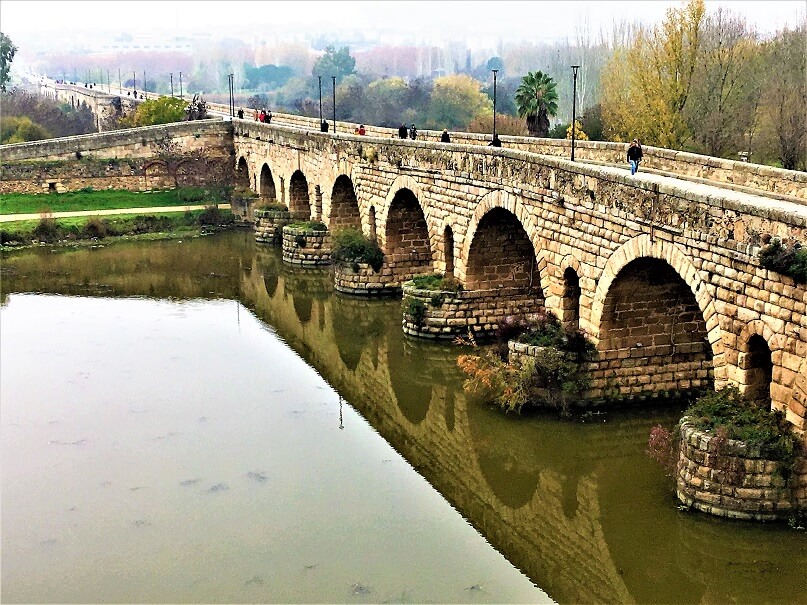
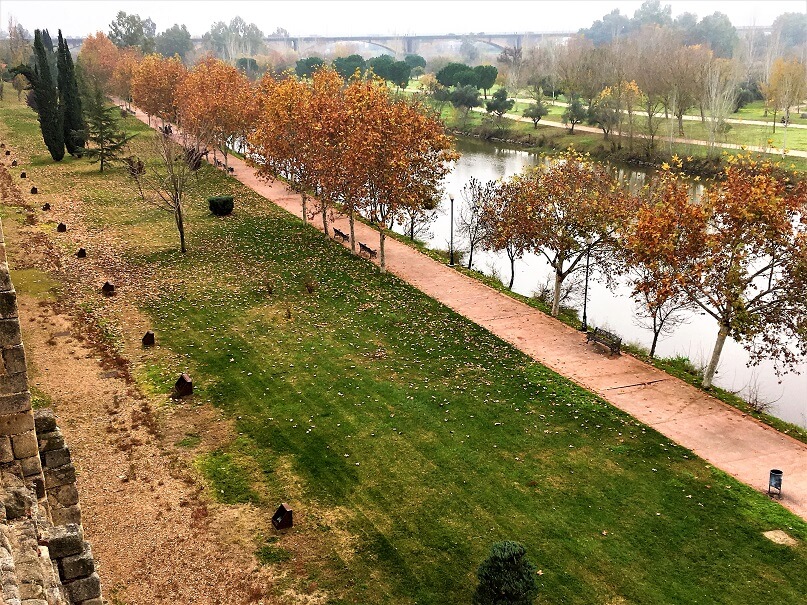
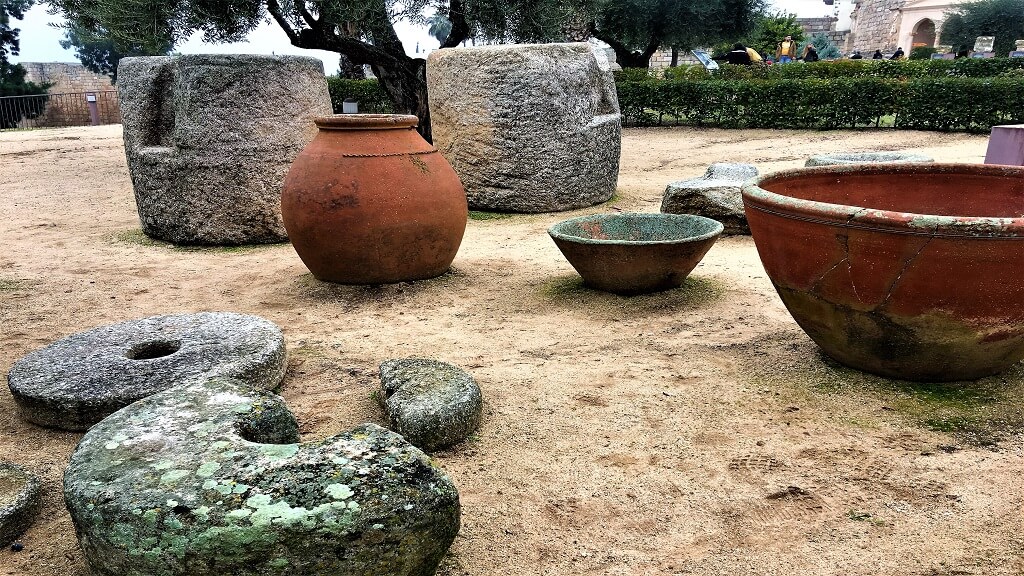
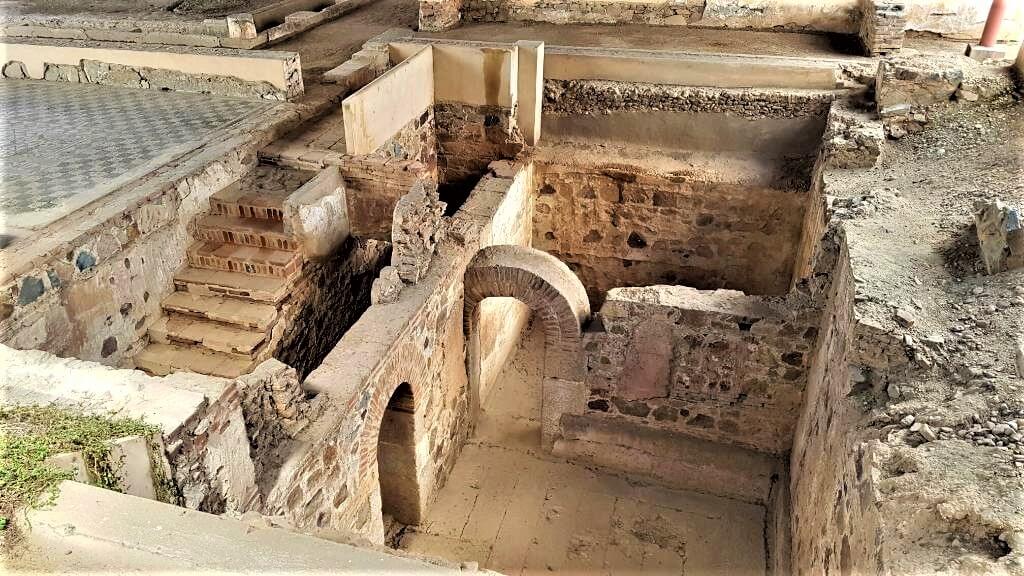
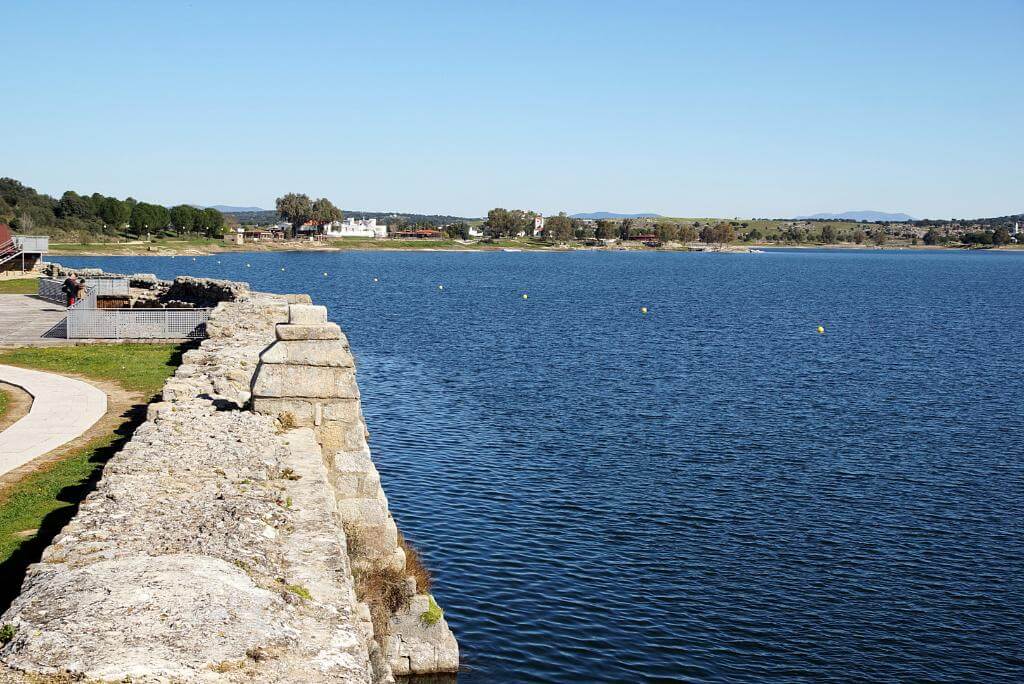
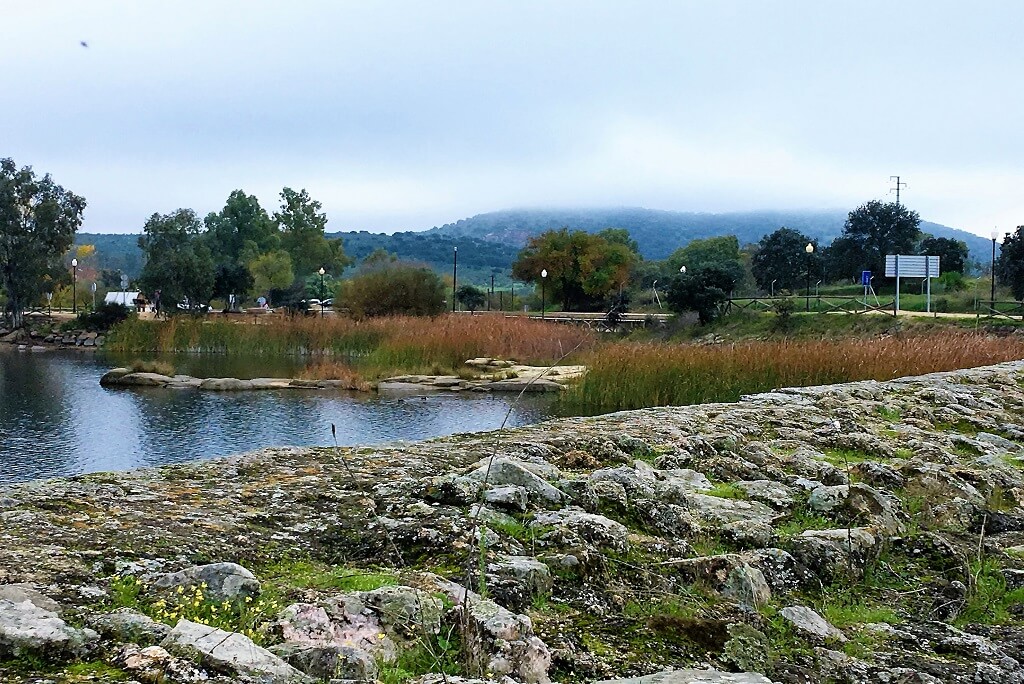
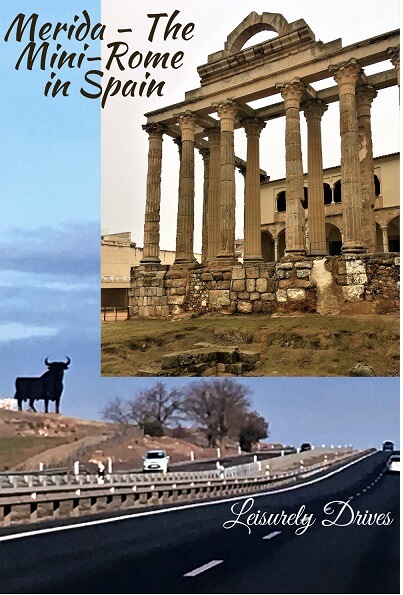
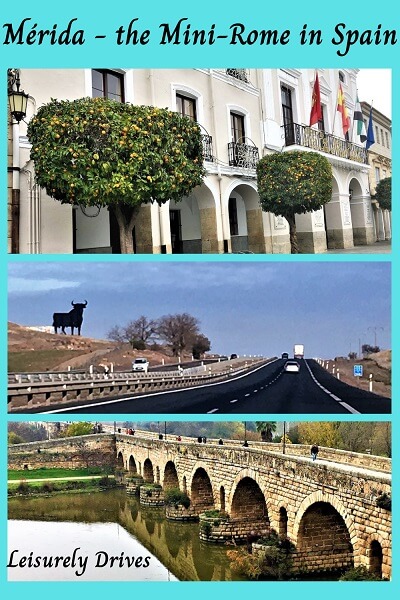
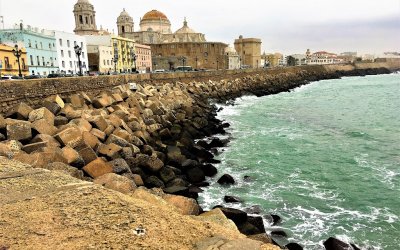
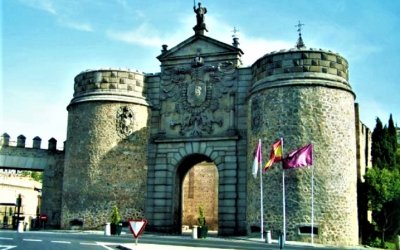
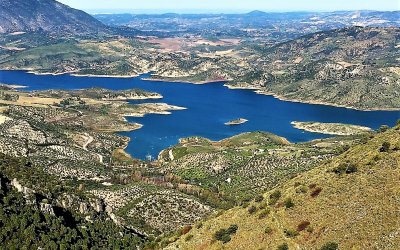
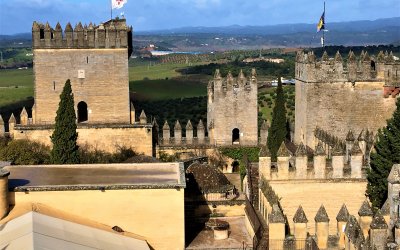
I always find it hard to believe what ancient civilisations where able to build, and the fact that many structures are still standing is testament to their incredible building practices. Such a stunning place to visit.
Oh, how beautiful 🙂
This place reminds me of the old town Side in Turkey, it also gives out that old Rome feeling with old buildings and leftover ancient architecture laying around the entire city, including amphitheaters and old temples.
I definitely like to find hidden gems, just like this one. It’s great to visit the big cities, but love exploring historic, non-touristy places. It reminds me of Evora in Portugal, it has a Diana Temple too.
This place looks amazing! For some reason (i.e. my own ignorance!), I never considered Roman ruins in Spain but I’m sure there many. These look particularly well preserved. I love discovering hidden gems like this. Until now I would never have considered adding Merida to an itinerary for Spain. Thank you for opening my eyes!
Love exploring hidden gems like these – especially the dam that goes back to 2nd century! A superb find!
Just image the millions of pairs of feet that have walked over that bridge. What a stunning bit of engineering, and still in such good shape after all these years, it’s received some tender renovations keeping it true to it’s heritage.
What a wonderful place and one I have only just discovered through your post. With so much history it is a place that should be as talked about as it’s nearby neighbours. An interesting read. Thanks for sharing.
I never knew about that Mérida is the mini-Rome in Spain and it would be great to see ancient Roman ruins in Spain. Roman Bridge of Mérida which dates back to 25 B.C. and spanning across the Guadiana River is a beautiful sight here.
Beautiful! This definitely looks like a mini-Roman city. The aqueducts are amazing and I would love to walk over that bridge! Thanks for sharing this wonderful place.
Love driving holidays and looks like this town has so much history and culture. That bridge looks stunning!
What an amazing place! We love old ruins and architecture so this would be such a treat to discover. I could spend days just shooting pictures of everything. Thanks for sharing your adventure with us!
I will have to add Merida to our plans for the next time we are in Spain. I am always amazed at the places where you find Roman ruins. I can imagine the shows that might have been put on in the amphitheatre. So great that they excavated it. The Civil Engineer in me is always amazed when we find aqueducts. And so cool that the Roman Bridge is the longes surviving Roman bridge in the world. Definitely lots to explore!
This is so funny – I’ve actually been to Merida on a business trip. Hence, while the others were able to visit the Roman ruins, I had to run around like an idiot, looking for gifts for our business partners. Still, I have great memories of Merida – it was so different from the coastal places in Spain.
What fascinating sights! It blows my mind how these places are! I love visiting places with so much history! It’s so interesting to learn about them when you visit. Merida looks like a wonderful place, I hope I get an opportunity to visit! Thanks for the great guide!
Wow! It’s hard to believe that this is in Spain and not Italy. I’ve been travelling around Andalucía and have seen a lot of Roman ruins, but never so many in one place! This is for sure going on my bucket list for Spain.
Merida sure has some amazing ruins and architecture! I especially love the ampitheatre. You can almost imagine what life was life back 2,000 years ago.
This looks so beautiful and wouldn’t have guessed this is Spain. I’d love to visit the Roman Theater.
I hadn’t heard of Merida before! I’d love to visit the area as it’s a part of Spain that I haven’t spent much time in before. This is a super post with so many great suggestions!
I love Roman ruin cities, so will have to visit Merida the next time we’re in Spain! Sounds perfect to wander around and admire the buildings.
Wow, who knew? I’d love to see this Roman masterwork.